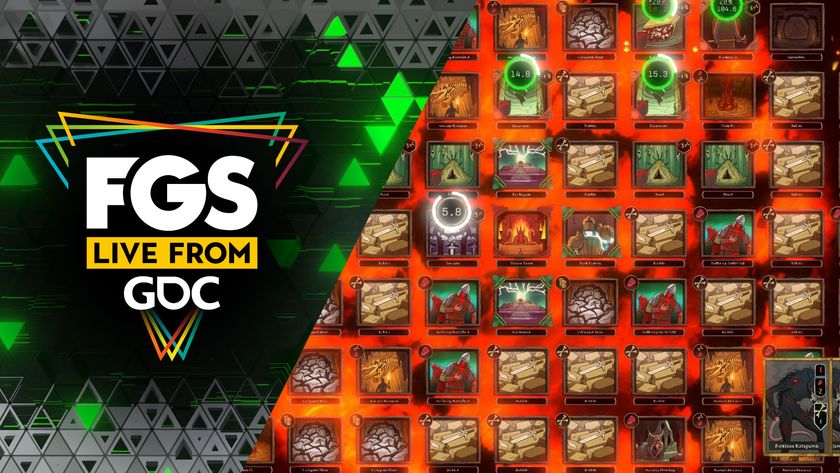CivCity: Rome updated impressions
Ask not what the Romans did for us, but what we can do for them
It's not often you sit down with a game designer who enthusiastically promises to deliver the "humdrum of daily life" in his work. But there's a method to the apparent madness of Simon Bradbury, lead designer at Firefly, the UK bricks-and-mortar specialist entrusted with this city-building extension of Firaxis' empire-building strategy series, Civilization.
CivCity is the microcosm to Civilzation's world- and era-spanning macrocosm: a game that gets more detailed the closer you look at it, rather than less. There's always been a simple schoolboy fascination to the mundane details of life 2,000 years ago, and Firefly aims to exploit it with meticulously animated scenes of Roman routine that recall Will Wright as much as Sid Meier, and The Sims as much as SimCity.
In truth, though, CivCity: Rome owes its inspiration to none of these socio-gaming classics. Before becoming Firefly in 1999 and creating the castle-building Stronghold games, Bradbury and his colleagues worked at Impressions on the Caesar series of Roman city builders (which, in an ironic rivalry, Vivendi is resurrecting this year).
CivCity began with a desire to return to those roots; the collaboration with Firaxis followed, a happy synergy borne of both developers' relationship with publisher 2K.
However, as conversation deepened between Baltimore-based Firaxis and Firefly's new US studio in Connecticut, the branding broke through the game's skin.
Key features of Civilization - wonders, research, the educational Civilopedia, interventions from famous figures of the age - will come into play as you found a series of settlements for the Roman Empire across a campaign mode and a collection of standalone scenarios (some objective-based, some more-or-less free builds).
Sign up to the 12DOVE Newsletter
Weekly digests, tales from the communities you love, and more
Meanwhile, the simple variables of happiness, productivity, and culture are extrapolated into micro-manageable resource chains that work - and can be watched, in hypnotically dull detail - on the level of individual inhabitants.













